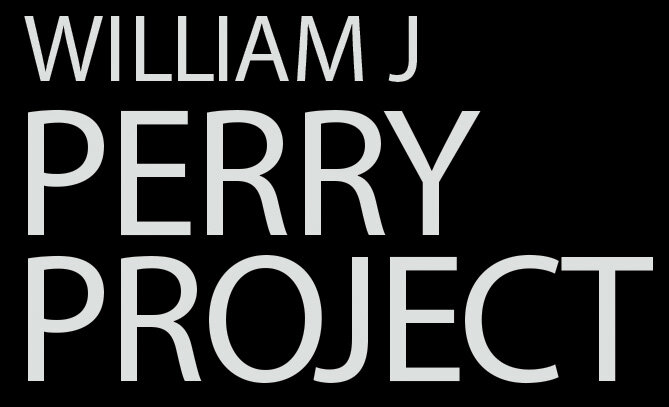Nuclear Accidents
Have there ever been accidents involving nuclear weapons? Examples include accidental launch, non-nuclear detonation, and loss of weapons. Thirty two of these incidents have been confirmed by the Department of Defense. Many more are likely unconfirmed; a study in the 1970’s found that a minimum of 1,200 U.S. nuclear weapons were involved in incidents between 1950 and 1968. Many more accidents have occurred in other countries that have nuclear weapons.
What is a “Broken Arrow”? A “broken arrow” is an accidental event that involves nuclear weapons which doesn’t risk a nuclear conflict between states. In the history of the United States nuclear program, there have been 33 broken arrow incidents officially confirmed by the Pentagon.
What are some significant examples of nuclear accidents in the United States?
1961, Goldsboro, North Carolina: Two 4-megaton (400 million pounds of TNT) hydrogen bombs were accidentally dropped over Goldsboro. Of four safety mechanisms in one bomb, three failed to work
properly. A single low voltage switch kept the weapon from detonating.
1968, Atlantic Ocean: The U.S.S. Scorpion, a submarine believed to be carrying two nuclear torpedoes, sank in the Atlantic, taking the missiles down with it.
1980, Grand Forks, North Dakota: A B-52 bomber carrying 12 hydrogen bombs and nuclear missiles was engulfed in a jet-fuel fed fire for over three hours, risking exploding the conventional missiles on board the bomber that could have caused a chain reaction detonating the nuclear bombs that were also aboard.
1980, Damascus, Arkansas: A dropped tool pierced the metal casing of a Titan II ICBM, causing a fuel leak and fire. The conventional charge exploded, killing one airman; the nuclear warhead did not.
Aren’t there safeguards to prevent against accidents? Nuclear weapons do have safeguards and redundancies to prevent against accidental nuclear detonation. But, the above accidents illustrate that
safeguards can easily fail. As the nuclear arsenal continues to age, it is increasingly likely that existing safeguards will not be sufficient to prevent a detonation. No nuclear weapons, even those with modern safeguards, are immune
to accidents. The consequences of a “broken arrow” incident involving a nuclear detonation would be enormous. Lives in the immediate area would be lost; fallout could spread across the United States. Each additional nuclear
weapon that is maintained increases the risk of an accident.
